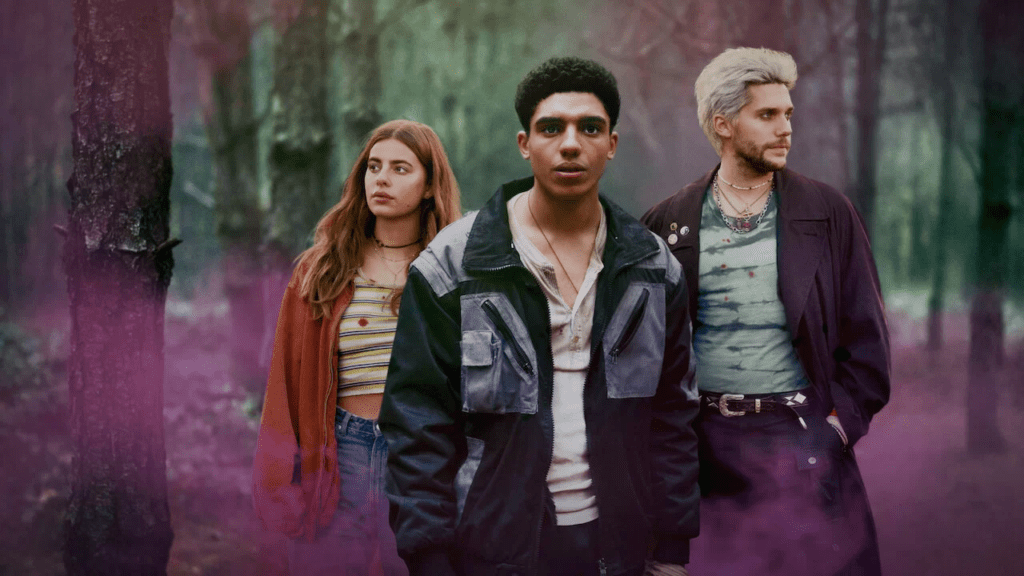Half Bad: The Bastard Son & the Devil Himself, based on Sally Green’s Half Bad series of young-adult novels, revolves primarily around the conflict between two sects of witches — the Fairborn Witches (the good guys) and the Blood Witches (the bad guys). But what do these labels mean? Are they accurate? And how do they change as the story progresses? Well, let’s discuss.
In the source material, Sally Green came up with the labels Black and White to describe her warring witch clans. In adapting the story for television, Joe Barton saw fit to change these labels, so “Fairborn” is a term invented for the show.
However, it’s a smart term, as it has all the same connotations as “White”. The term Fairborn is intended to evoke a superior and more developed class; the witches to whom the label applies believe themselves to be more developed and morally upstanding than their rivals in the Blood Witches, who are defined primarily by more primitive practices such as eating hearts and casting forbidden magic. As the story progresses across the eight episodes, though, we come to see how, as in our history, the reputation of the so-called “lower class” of witches has been perpetuated by Fairborn propaganda and violence, and abuses against them have been used to justify Fairborn atrocities.
See what I mean about how the term has the same connotations as “White”?
So, the general principle of the Fairborn Witches is that they’re all beholden to the Fairborn Council — prestigious positions of influence that seem to be determined by nepotism or politics rather than actual ability, but we’ll get to that in a minute — and are very family-oriented, be that biological or surrogate. The big event in the life of a Fairborn witch is their “Giving Day”, or their 17th birthday, on which they hold a ceremony that includes drinking their family’s blood, receiving three gifts, and discovering their own individual power.
Fairborn witches have one power, and they can vary wildly. We meet some that can control the elements, for instance, and some that can meddle with time, either rewinding it for reconstruction purposes or stopping it entirely. Some powers are notably more unique and useful, such as the shape-shifting ability that Jessica has, and Annalise’s decimation power, which seems like the most powerful one in the series.
Many — perhaps even most — of the characters we meet in the series are Fairborn since it’s from their perspective that the story initially takes place. Annalise is a Fairborn, as is her father Soul. Nathan’s sister Jessica is also Fairborn, as is Ceelia and all of the other Council Hunters, such as Bjorn and Kieran.
Nathan Byrne is not a Fairborn witch, even though his mother was. Instead, he inherited his father’s DNA and is a Blood Witch. The Blood Witchers are characterized by short tempers, a predisposition to violence, and the ability to hear heartbeats, which Nathan has. You can sometimes tell a Fairborn witch at a glance, as their powers are deemed more “acceptable” (Gabriel says to Annalise at one point that it’s rare for a Fairborn to have the decimation power.) Blood Witches are also depicted as being more rural, or at least the French ones are.
Read More:




